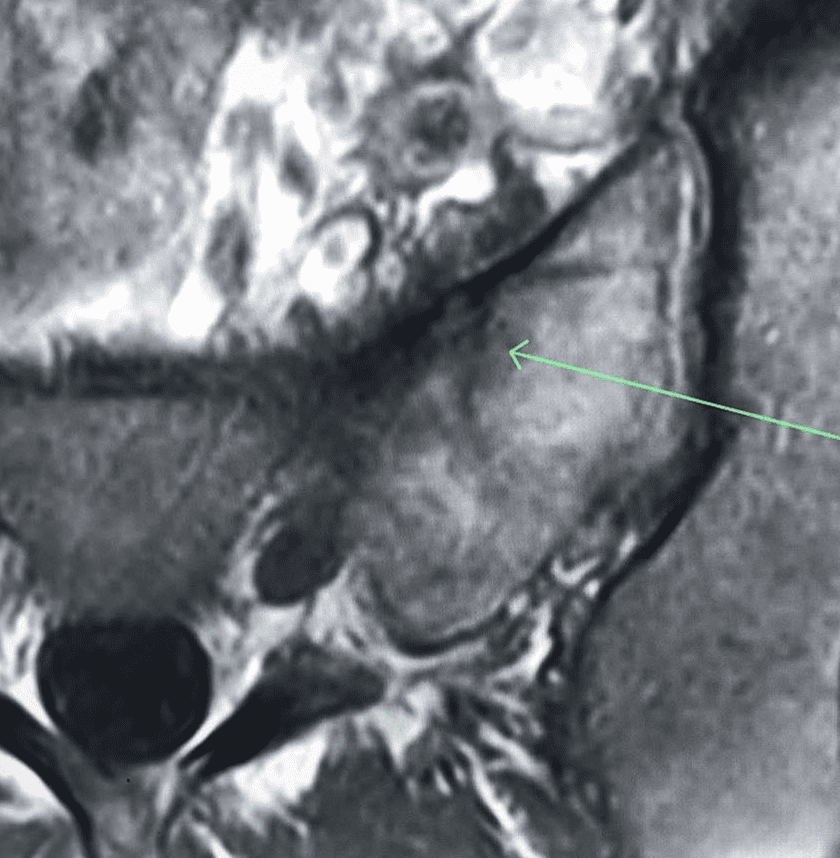Pushing the limits of performance: Sacral stress fractures
"Nutrition is a key factor when it comes to a sacral stress fracture. Based on the literature in this area and my opinion, it is the most important," says Dr. Paddy McCluskey, the Chief Medical Officer and Medical Lead at the Canadian Sport Institute in Victoria, British Columbia, for Triathlon and Athletics Canada.


A week following the 2018 Ironman 70.3 World Championship, and possibly the greatest long course performance ever, Jan Frodeno withdrew from the 2018 Ironman World Championship. Then, nine days before the start in Kona, Ben Hoffman, the runner-up at the 2014 Ironman World Championship, also withdrew from the race. What do these elite triathletes have in common? Stress fractures. Specifically, sacral stress fractures.

The American Academy of Orthopedic Surgeons defines a stress fracture as an overuse injury. It occurs when muscles become fatigued and are unable to absorb shock. Eventually, the fatigued muscles transfer the overload of stress to the bone, causing a tiny crack called a stress fracture. This type of injury commonly occurs after a significant increase in mileage or intensity. Most stress fractures occur in the weight-bearing bones of the leg and foot. The sports that are most susceptible to stress fractures are those that are weight-bearing, such as track and field, tennis and gymnastics.
But how do sacral stress fractures occur?
To answer this question, we enlisted the help of Dr. Paddy McCluskey, the Chief Medical Officer and Medical Lead at the Canadian Sport Institute in Victoria, British Columbia, for Triathlon and Athletics Canada. “First of all,” says McCluskey, “the sacrum is incredible resistance to stresses, making fractures in this region very uncommon.”
That said, many contributing factors can come into play when health professionals analyze the cause of a sacral stress fracture – training load, body weight, recovery and nutrition. “Especially,” says McCluskey, “with a sacral stress fracture, nutrition is a key factor. Based on the literature in this area and my opinion (experience), it is the most important.”
What is the link between nutrition and sacral stress fractures?
“A sacral stress fracture is more than an overuse injury. Energy deficiency is taking place,” says Dr. McCluskey. Energy deficiency occurs when the energy you’re expending is greater than the energy you’re taking in, in the form of calories. When training two to five hours a day, it is reasonable to assume, eating 3,000 to 5,000 calories a day is difficult. “Training at an elite level, especially in the Ironman distance takes a lot of planning and preparation. Not just in the physical training, but recovery and nutrition.”
Being in an energy deficit is OK for a period of time. “A few days, a few weeks, even months depending on the guidelines put in place to monitor the athlete. However, when this occurs over a longer period of time, on top of the training hours of endurance athletes like Ironman triathletes, the risks of stress fractures and sacral stress fractures rise,” says Dr. McCluskey.
Once an athlete enters a state of energy deficiency or starvation, the body prioritizes basic metabolic functions to sustain life. “First on that list is the brain and heart,” says Dr. McCluskey. “Farther down is bone metabolism (cell turnover) with skin and hair health.” So, when energy resources are limited bone, skin and hair health can begin to deteriorate.
Related: Is lighter faster? Is lighter healthier?
Training requires a fine balance of training (stress) and recovery to allow your body to make adaptations and increase performance. Your bone cells are the same. When you train, the cells in your bones are stressed and damaged. “With adequate recovery and nutrition,” says Dr. McCluskey, “your cells will turnover, giving you strong fresh cells to handle the more stress.”
But when you are deficient in energy or calories, your body begins to shut off these lower priority basal metabolic functions, like bone metabolism. “When this occurs, says Dr. McCluskey, “you begin to see these types of stress fractures to the sacral region.”
It is important to note that elite sport does not equal elite health and fitness. These world-class triathletes, though they do look lean and healthy, are pushing the limits of their human body and sometimes the line is pushed too far. Does this explain why Jan Frodeno and Ben Hoffman acquired sacral fractures? Maybe, maybe not, but there is a clear link between sacral stress fractures, nutrition and energy deficiency. “Nutrition is a key factor when it comes to a sacral stress fracture,” says McCluskey,”based on the literature in this area and my opinion, it is the most important.”
What the age group triathlete can take away from this, is that managing your training, recovery and nutrition is crucial when it comes getting to the start line in peak condition and health. More importantly, a balanced training approach, nutritionally and physically, will allow you to maintain your athletic lifestyle and pursue your triathlon goals.
Dr. Paddy McCluskey completed a BSc in Human Performance and an MSc in Exercise Physiology at the University of Victoria before completing his degree in Medicine in 2005 (UBC). He did his post-graduate family medicine training Victoria and a year fellowship in Sport and Exercise Medicine in Victoria from, completing his Diploma in Sport Medicine in 2008. He is a member of the College of Physician and Surgeons of BC, the College of Family Practice in Canada, and the Canadian Academy of Sport and Exercise Medicine (CASEM). He has since worked as a physician in Sport and Exercise Medicine physician in Victoria, BC. He is an Affiliate Clinical Instructor in the Island Medical Program at the University of Victoria and is a Clinical Instructor for the Victoria Family Practice Residency Program.
His interests include general Sport and Exercise Medicine and injuries related to endurance sports. Currently, he works as the Medical Lead for Triathlon Canada and Athletics Canada’s western hub in Victoria.

